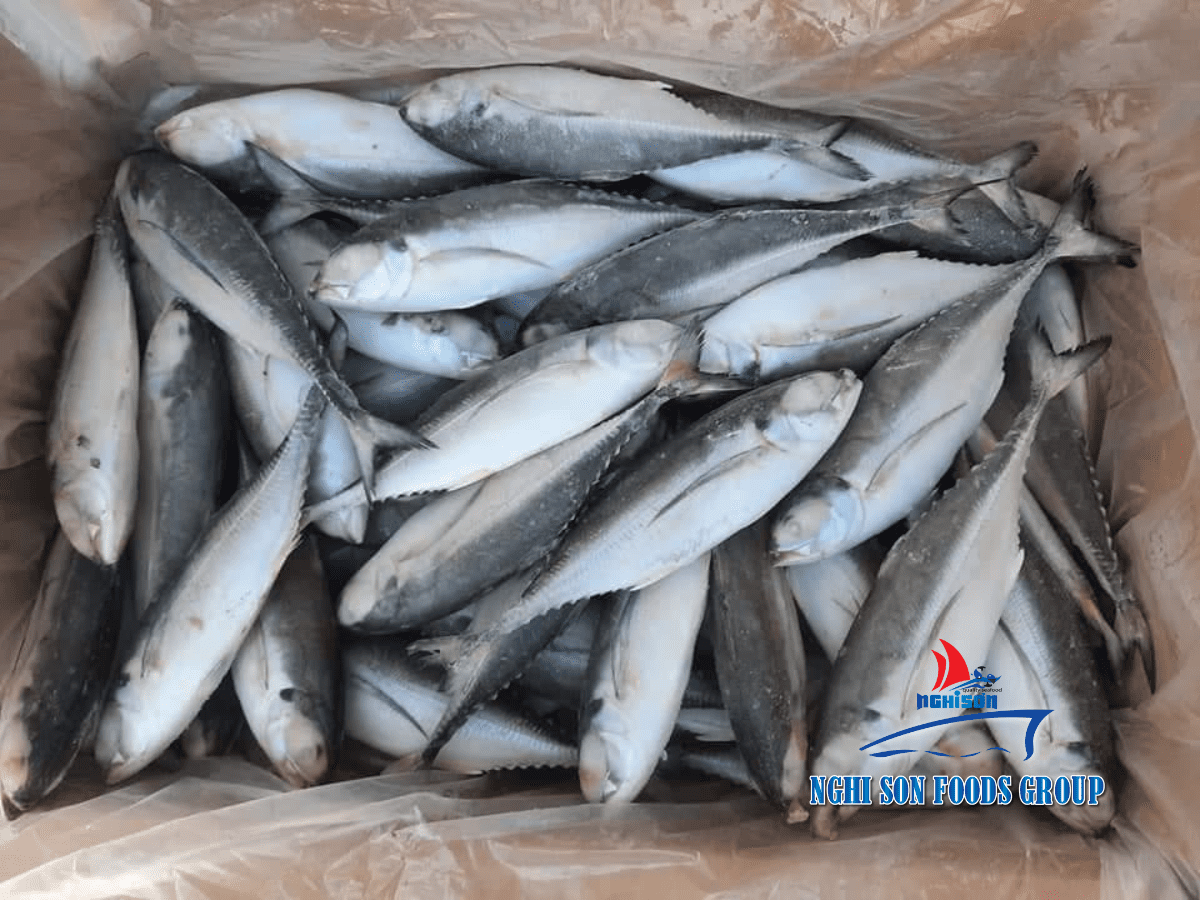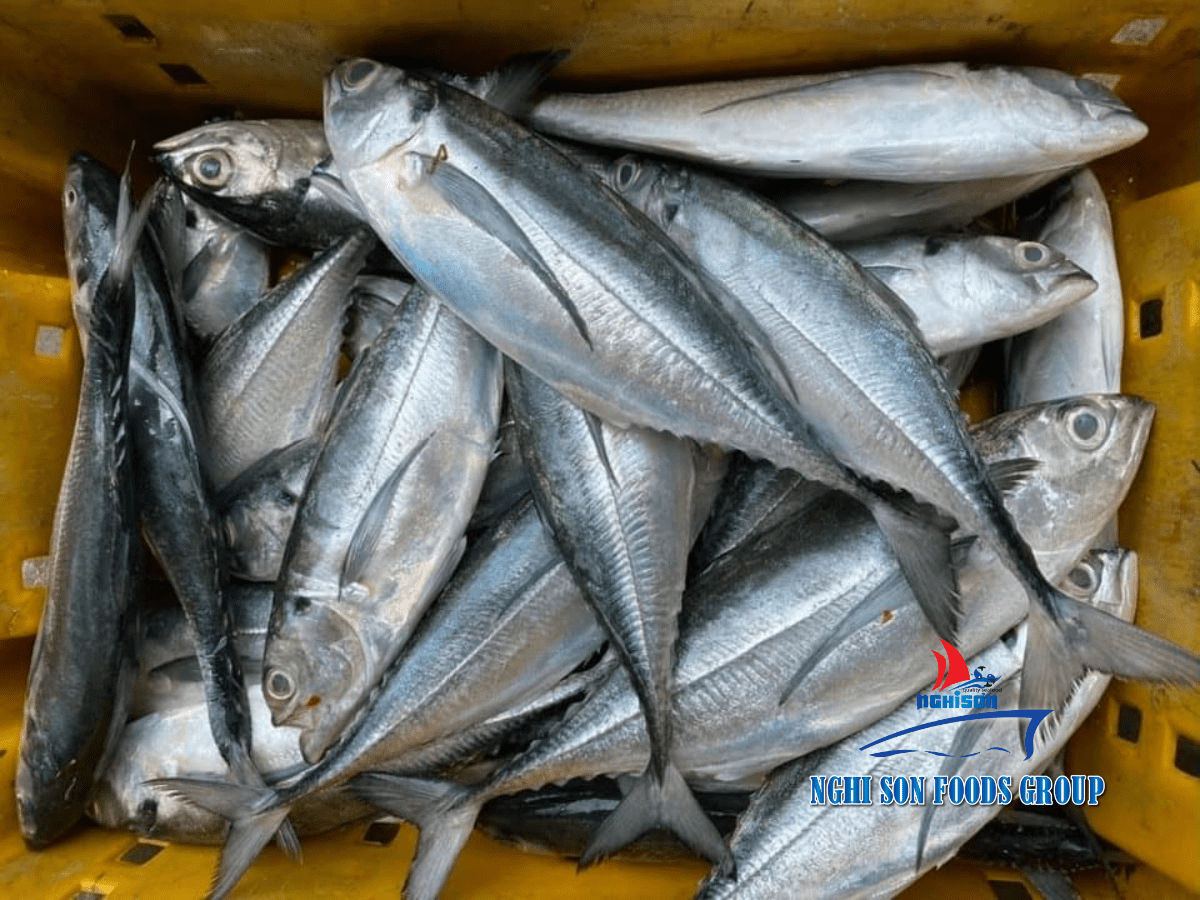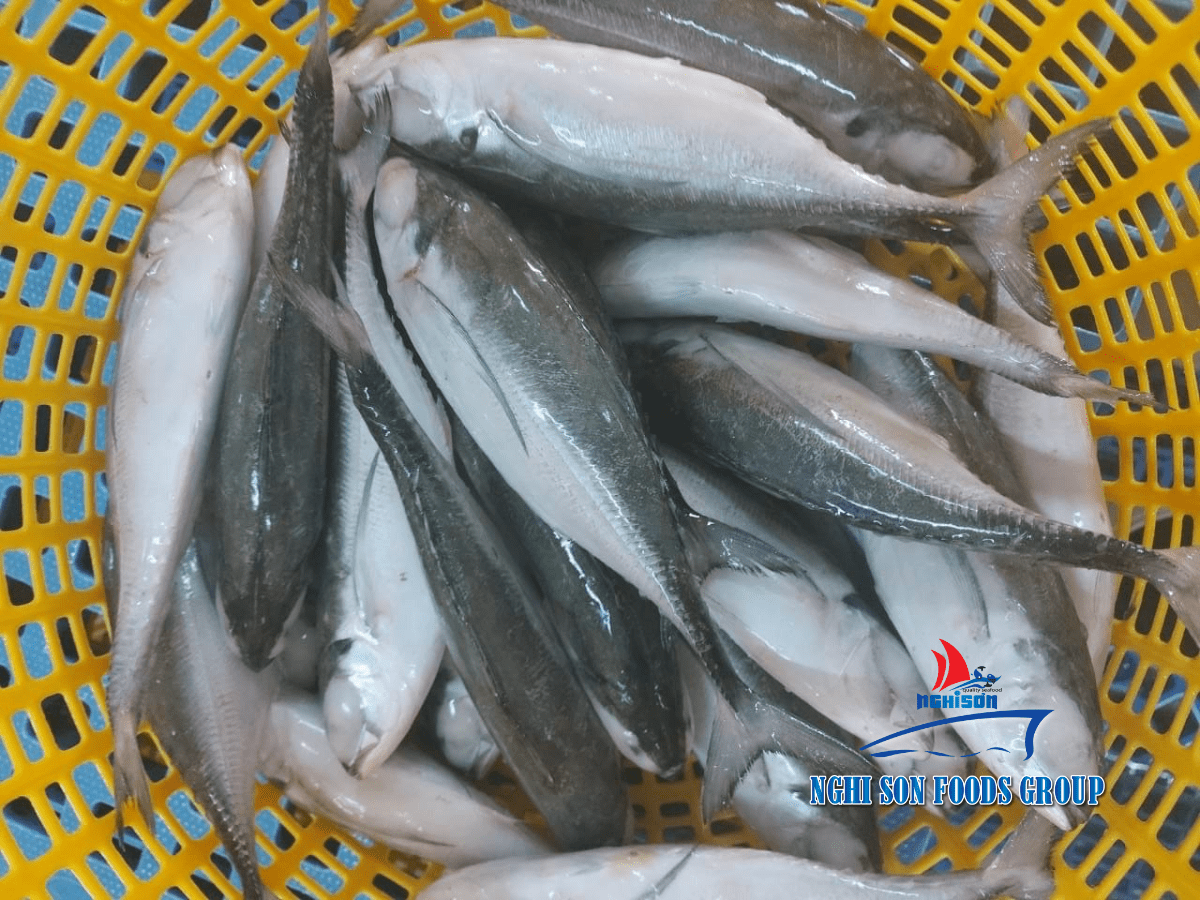Introduction to Horse Mackerel Fish
Definition and Common Names
Horse mackerel fish, also known as jack mackerel, is a term used to describe several species of fish belonging to the Trachurus genus or related families. These fish are often called horse mackerel due to their resemblance to a horse in terms of their body shape and elongated form.
Scientific Classification
| Scientific classification | |
|---|---|
| Kingdom: | Animalia |
| Phylum: | Chordata |
| Class: | Actinopterygii |
| Order: | Carangiformes |
| Family: | Carangidae |
| Genus: | Trachurus |
| Species: | T. trachurus |
Physical Characteristics
Horse mackerel fish typically have elongated and slender bodies with a streamlined shape, enabling them to swim swiftly in open waters. They possess a silvery coloration on their scales, which helps them blend in with their surroundings. Depending on the species, horse mackerel can reach lengths of 30-40 centimeters (12-16 inches), although some individuals can grow up to 70 centimeters (28 inches).
Habitat and Distribution
Pelagic Nature of Horse Mackerel
Horse mackerel fish are classified as pelagic fish, meaning they inhabit the open waters of oceans rather than staying close to the shore or bottom of the ocean. They are known for their ability to swim in schools, often found near the surface or at mid-depths.
Global Distribution of Different Species
Different species of horse mackerel have distinct global distributions:
- Atlantic horse mackerel (Trachurus trachurus): Found in the eastern Atlantic Ocean, from Norway and the North Sea to the coast of West Africa.
- Pacific horse mackerel (Trachurus symmetricus): Inhabits the eastern Pacific Ocean, from California to Alaska and extending southward to Baja California.
- Chilean jack mackerel (Trachurus murphyi): Found in the southeastern Pacific Ocean, particularly off the coast of Chile and Peru.
Preferred Habitats and Migration Patterns
Horse mackerel fish prefer temperate and subtropical waters. They are commonly found near coastal areas, offshore islands, and upwelling zones where nutrient-rich waters support abundant food sources. These fish exhibit migratory behavior, often moving between different regions based on factors such as water temperature and food availability.
Description of Horse Mackerel Fish
Body Shape and Size
Horse mackerel fish have elongated bodies that are slender and cylindrical in shape. Their streamlined form allows them to swim efficiently in open waters. Depending on the species, they typically range in size from 30-40 centimeters (12-16 inches), although some individuals can grow larger.
Coloration and External Features
Horse mackerel fish have scales that exhibit a silvery or bluish-green coloration, which helps them blend with the surrounding water and provides some camouflage. They possess a single dorsal fin located towards the rear of their body and a forked tail fin. Their mouths are equipped with small teeth and they have a lateral line running along their sides, which helps them detect changes in water pressure and movement.
Commercial and Recreational Importance
Fishing for Horse Mackerel
Horse mackerel fish are commercially and recreationally targeted by fishermen. They are caught using various methods such as purse seining, trawling, and handlines. Commercial fishing vessels often target them in areas where their populations are abundant, and recreational anglers pursue them for sport and culinary purposes.
Culinary Uses and Popularity
Horse mackerel fish are highly regarded for their tasty and flavorful flesh. They are consumed in various cuisines around the world. They can be prepared using different cooking methods such as grilling, baking, frying, or smoking. The flesh is often featured in dishes like ceviche, sushi, grilled fillets, and canned products.
Economic Significance
Horse mackerel fisheries have economic importance in many regions. They contribute to employment opportunities, provide a source of income for fishing communities, and contribute to local and international seafood markets. The commercial value of horse mackerel contributes to the economy of countries where these fisheries are established.
Different Species of Horse Mackerel
Atlantic Horse Mackerel (Trachurus trachurus)
The Atlantic horse mackerel is primarily found in the eastern Atlantic Ocean. Its distribution ranges from the coastal waters of Norway and the North Sea to the coast of West Africa. It is a commercially valuable species and supports fisheries in various countries.
Pacific Horse Mackerel (Trachurus symmetricus)
The Pacific horse mackerel inhabits the eastern Pacific Ocean, ranging from California to Alaska and extending southward to Baja California. It is an important species for commercial fisheries and is valued for its flesh.
Chilean Jack Mackerel (Trachurus murphyi)
The Chilean jack mackerel is found in the southeastern Pacific Ocean, particularly off the coast of Chile and Peru. It is a highly significant species for both commercial and artisanal fisheries in the region.
Preparation and Cooking
Various Cooking Methods
Horse mackerel fish can be prepared using various cooking methods, including grilling, baking, frying, and smoking. The choice of cooking method often depends on personal preferences and regional culinary traditions.
Culinary Preferences and Recipes
Horse mackerel fish is versatile and used in a wide range of dishes worldwide. It is commonly featured in ceviche, sushi, sashimi, grilled fillets, stews, and curries. Different cultures have their own unique recipes and preparations that highlight the flavors and textures of horse mackerel.
Conservation and Sustainability
Fisheries Management and Regulations
Horse mackerel fisheries are subject to management measures and regulations to ensure their sustainability. These can include fishing quotas, size limits, closed seasons, and gear restrictions. Governments and organizations work together to monitor stocks and implement sustainable practices.
Sustainable Fishing Practices
Sustainable fishing practices for horse mackerel include adopting selective fishing gear, minimizing bycatch, and reducing impacts on the marine ecosystem. Some fishing operations employ techniques such as circle hooks and using Fish Aggregating Devices (FADs) to improve sustainability and reduce negative environmental impacts.
Conclusion
Summary of Key Points about Horse Mackerel Fish
Horse mackerel fish are pelagic species known for their streamlined bodies and silvery coloration. They have global distributions, including the Atlantic, Pacific, and southeastern Pacific Ocean regions. Horse mackerel have commercial and recreational importance, are valued for their culinary uses, and contribute to the economy of fishing communities.
Importance and Appeal of Horse Mackerel in Various Aspects
Horse mackerel fish play a significant role in seafood markets, providing a source of income, employment, and food. They are sought after for their delicious flavor and versatility in cooking, making them a popular choice among chefs and culinary enthusiasts. Sustainable fishing practices and regulations are necessary to ensure their long-term viability and to protect the marine ecosystem.















Reviews
There are no reviews yet.